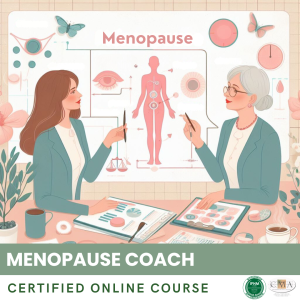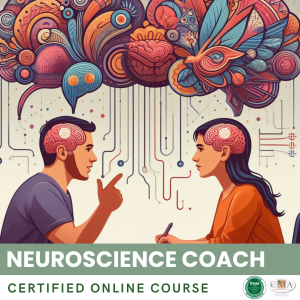Active listening and non-violent communication are two key skills for establishing a caring and effective helping relationship with your clients. Active listening involves being fully present to the other person, giving them your undivided attention with an attitude of openness and non-judgment. This implies listening not only to the spoken words, but also to non-verbal language, underlying emotions, and expressed needs. By practicing active listening, you create a space of trust and safety where your client feels heard, understood, and accepted as they are.
Non-violent communication (NVC), developed by Marshall Rosenberg, is an approach that promotes authentic and empathic communication. It is based on four pillars: judgment-free observation, the expression of feelings, the identification of needs, and the formulation of clear requests. By using the NVC process, you learn to express yourself with integrity while being attentive to the needs of the other person. You thus avoid the pitfalls of communication that injures or manipulates, such as criticisms, demands, or emotional blackmail.
Here are some concrete techniques for putting active listening and NVC into practice in your guidance sessions:
– Pay full attention to your client. Set aside your concerns and preconceptions to be fully available. Show your active listening through your posture, gaze, and nods.
– Use silence. Do not be afraid of moments of silence, they allow your client to connect with themselves and deepen their thinking. Resist the urge to fill the gaps.
– Paraphrase your client’s words to verify your understanding. Start with “If I understand correctly…”, “What I hear is that…”. This demonstrates your active listening and helps to clarify misunderstandings.
– Reflect the emotions expressed, even if they are not named explicitly. “I sense a lot of sadness in what you share”, “I imagine that situation must have been very frustrating for you”. This helps your client feel understood and better identify their feelings.
– Ask open-ended questions that encourage exploration rather than closed questions that call for a yes or no answer. Prefer “How do you experience this situation?” to “Is this situation difficult for you?”.
– Name the needs that you perceive behind your client’s words. “I hear a strong need for recognition in what you share”, “If I understand correctly, it’s your need for freedom that is not being met in this relationship”. This helps to clarify deep motivations and guide the search for solutions.
– Make clear requests rather than demands. “Would you agree to explore this point in more detail?”, “I would like to suggest an exercise, what do you think?”. This respects the autonomy of your client and promotes their cooperation.
Practicing active listening and NVC requires training and regularity. You can start by practicing in your personal relationships before applying them in your professional setting. Over time, these techniques will become increasingly natural and will enable you to establish guidance relationships based on empathy, respect, and trust. Don’t hesitate to deepen these approaches by exploring the resources listed in the bibliography of this course.
Key takeaways:
– Active listening and non-violent communication (NVC) are essential for establishing a caring and effective helper relationship.
– Active listening involves being fully present, non-judgmental, and attentive to verbal and non-verbal language.
– NVC is based on 4 pillars: judgment-free observation, the expression of feelings, the identification of needs, and the formulation of clear requests.
– Active listening and NVC techniques:
– Pay full attention
– Use silence
– Paraphrase the words
– Reflect the emotions
– Ask open-ended questions
– Name the needs
– Make clear requests
– Regular practice enables these techniques to be naturally integrated into your guidance style.
– These approaches promote empathy, respect, and trust in the helping relationship.
👉 To download docx (Editable) file click here : Click here
👉 To download PDF file click here : Click here
👉 To download MP3 file click here : Click here







